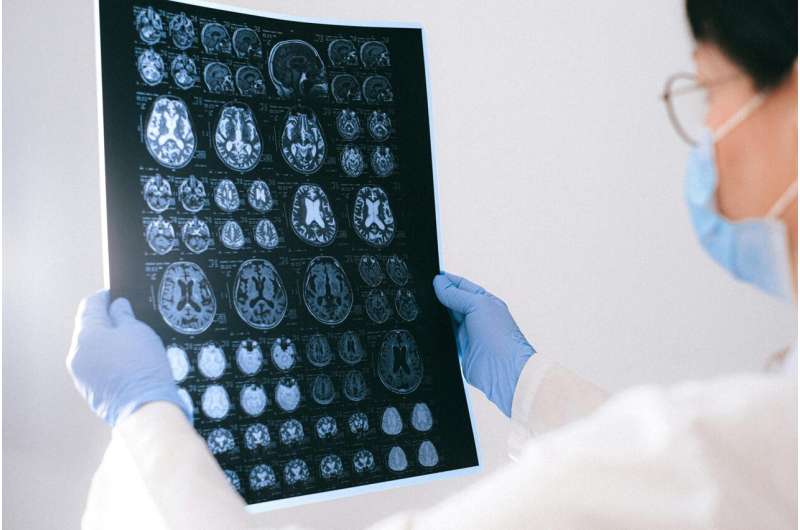Neural Circuits in the Brainstem Offer Hope for Chronic Pain Treatment

New research identifies brainstem neurons that regulate long-term pain, opening promising avenues for targeted therapies and behavioral interventions to manage chronic pain effectively.
Recent groundbreaking research has uncovered new insights into the neural mechanisms underlying chronic pain, a condition affecting nearly 50 million people in the United States. Unlike acute pain, which serves as a quick warning system, chronic pain persists long after the initial injury has healed, becoming a significant barrier to quality of life. Scientists at the University of Pennsylvania, in collaboration with institutions like the University of Pittsburgh and Scripps Research Institute, have identified specific neurons in the brainstem that may play a pivotal role in regulating long-term pain. These neurons, known as Y1 receptor (Y1R)-expressing cells located in the lateral parabrachial nucleus (lPBN), are activated during sustained pain states and are also involved in processing other survival needs such as hunger, fear, and thirst. Interestingly, these neurons can modulate pain signals by integrating information from various brain circuits, effectively acting as a switch to turn pain signals on or off.
To delve deeper into their function, researchers employed calcium imaging to observe neuron activity in real time during acute and chronic pain scenarios. They discovered that Y1R neurons do not react briefly but maintain a steady firing rate, akin to an engine idling — a neural activity linked to the ongoing sensation of pain, even when outward signs have subsided. This persistent activity may encode the brain’s experience of long-lasting pain, providing a new dimension to pain management strategies.
Further insights revealed that when survival needs such as hunger or fear are prioritized, the brain releases neuropeptide Y (NPY), which acts on Y1 receptors to suppress pain signals. This built-in override mechanism allows the brain to prioritize immediate threats over ongoing pain, highlighting a sophisticated neural balancing act. The diverse distribution of Y1R neurons across various cell types suggests a complex and flexible network capable of damping different kinds of pain stimuli.
The discovery opens promising avenues for developing targeted treatments. By using Y1R activity as a biomarker, clinicians could better diagnose and treat chronic pain through neural modulation, moving beyond traditional approaches that focus on injury sites. Moreover, behavioral interventions like exercise, meditation, and cognitive behavioral therapy may influence these circuits, offering integrative strategies for pain relief. Overall, these findings reveal that the brain possesses a built-in system to manage pain based on need-state cues, providing hope for more effective, personalized therapies in the future.
Source: https://medicalxpress.com/news/2025-10-neurons-brainstem-key-chronic-pain.html
Stay Updated with Mia's Feed
Get the latest health & wellness insights delivered straight to your inbox.
Related Articles
Healthcare Professionals Face Challenges Maintaining Empathy in High-Pressure Environments, Says New Research
A recent study from Umeå University reveals that time pressures, education structures, and workplace culture challenge healthcare professionals in maintaining empathy, emphasizing the need for systemic support to foster better patient care.
New Study Reinforces the Role of Physical Activity in Preserving Brain Health
Regular physical activity plays a key role in preserving brain size and health during aging, regardless of body weight or metabolic health, according to a recent large-scale study.
Plain Packaging as a Strategy to Reduce Teen Vaping
Research suggests that plain packaging of vape products can significantly reduce teens' interest in trying them, aiding efforts to curb youth vaping without discouraging adult smokers. A recent study highlights the potential of standardized packaging regulations in creating a balanced approach to vaping control.



